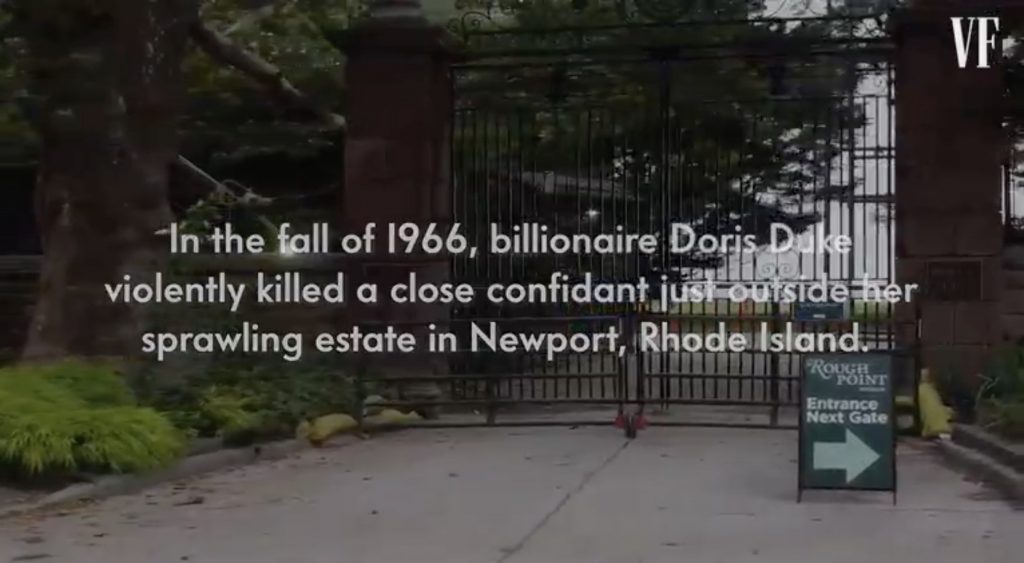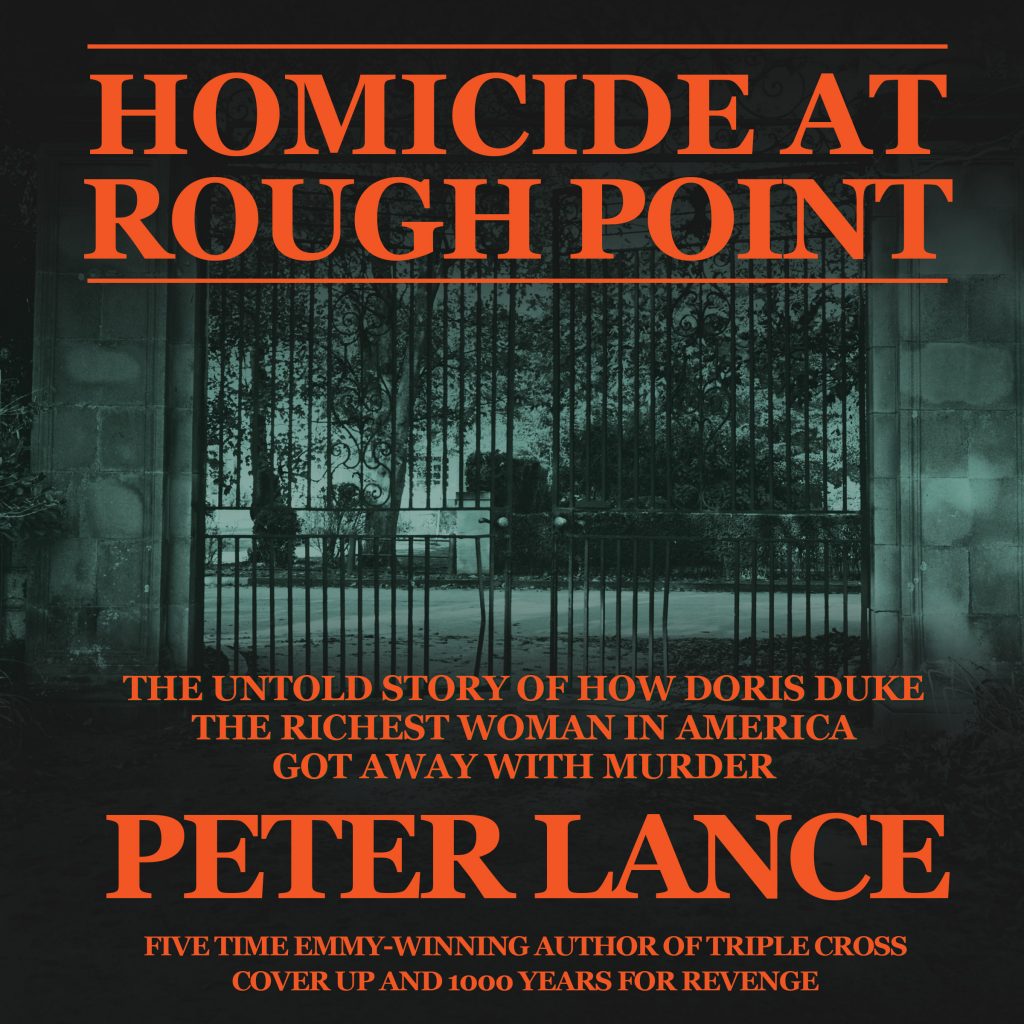Vanity Fair: The Doris Duke Case Reopens: The Only Living Witness Speaks For The First Time.
By Peter Lance August 5th, 2021 A former Newport, Rhode Island, paperboy says that in 1966 he confronted the billionaire heiress right after she may have committed murder—a chilling update to V.F.’s previous reporting and the author’s new book, Homicide at Rough Point.
 Mario Puzo famously began The Godfather with Balzac’s observation, slightly amended, that “behind every great fortune there is a crime.” And so it was with the tobacco, aluminum, and energy fortune inherited by Doris Duke, once the richest woman in America.
Mario Puzo famously began The Godfather with Balzac’s observation, slightly amended, that “behind every great fortune there is a crime.” And so it was with the tobacco, aluminum, and energy fortune inherited by Doris Duke, once the richest woman in America.
A year ago, Vanity Fair published my account of the life and death of designer Eduardo Tirella, who, late one afternoon in 1966, was crushed under the wheels of a Dodge Polara station wagon driven by Duke. For seven years, he had been her constant companion, planning her gardens, curating her art collection, and decorating her mansions. In fact, his death occurred just outside the gates of her most sumptuous home: Rough Point, the sprawling estate on Millionaire’s Row in Newport, Rhode Island.
A notoriously jealous and possessive woman, Duke had stabbed her common-law husband, jazz musician Joseph Castro, with a butcher knife three years earlier and escaped any criminal charges. On the afternoon in question, Tirella had just told Duke he was leaving her employ to make his mark in Hollywood. Then, moments later, as they left the mansion, he was dead.
Within 96 hours the local police closed the case, declaring it “an unfortunate accident.” Within a matter of months, Duke began donating what would today amount to hundreds of thousands of dollars to organizations in the city of Newport. The police chief who oversaw the probe, Joseph A. Radice, retired months later; others involved in the perfunctory investigation were promoted. For years residents whispered that Duke had gotten away with murder and that “blood money” had helped pay for her eventual restoration of more than 80 Colonial-era homes. 



Recent Comments